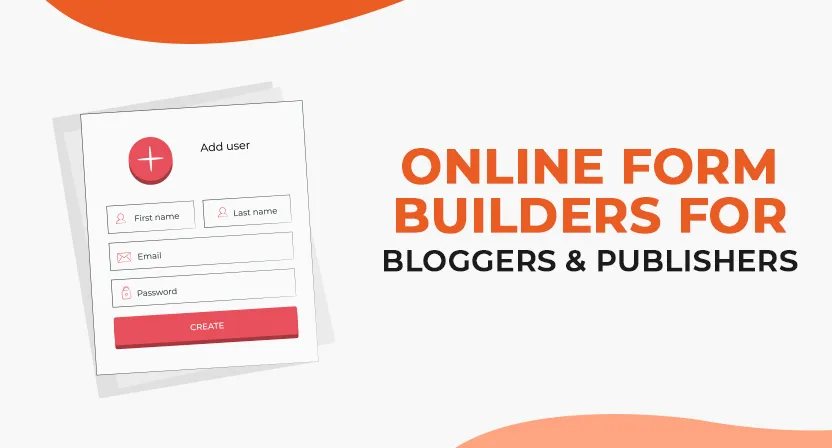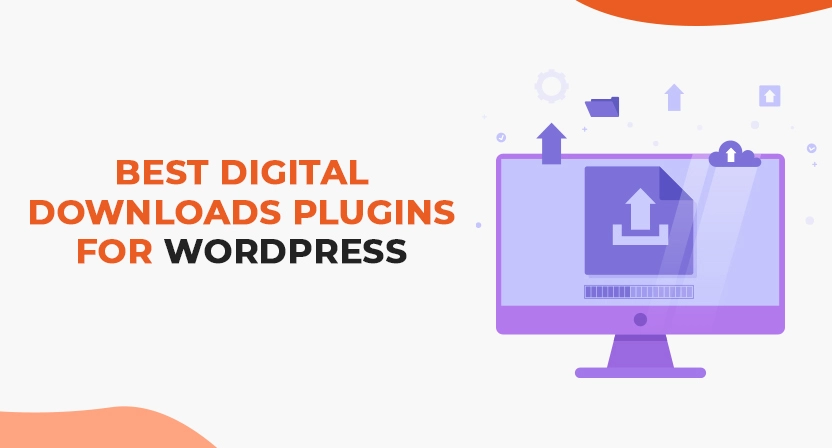7 Ways to Monetize Finance Blogs and Sites
-
 By Madhurjya Chowdhury
By Madhurjya Chowdhury
-
16 February 23
In today's digital age, having a finance blog or website can be an excellent way to share your knowledge and help others navigate the complex world of personal finance. However, many bloggers and website owners are interested in monetizing their sites to turn their passion for finance into a profitable business. Fortunately, there are many ways to do this, and in this blog, we'll explore seven of the most effective methods for monetizing your finance blog or website.
Summary
-
Ways to Monetize Finance Blogs and Sites
- 1. Sponsored Posts
- 2. Implement Google AdSense
- 3. CPM Display Ads
- 4. Promote Financial Products
- 5. Monetize with Native Ads
- 6. Sponsored Listings
- 7. Setup Video Ads
Tips on How to Monetize a Finance Blog
Here are some tips on how to monetize a finance blog effectively:
- Focus on providing value: Your audience will be more likely to engage with and support your monetization efforts if they feel that your blog provides valuable information and insights. Focus on creating high-quality content that addresses your audience's pain points and helps them achieve their financial goals.
- Build your audience: To monetize your finance blog, you need to have a significant and engaged following. You can build your audience by using social media, guest posting on other blogs, and networking with other bloggers in your niche.
- Know your niche: Identifying your niche and focusing on a specific area of finance will help you establish yourself as an expert and attract a targeted audience.
- Diversify your monetization methods: Don't rely on just one method of monetization, as this can be risky. Consider a combination of methods, such as advertising, affiliate marketing, sponsored posts, e-books, and consultancy services.
- Be transparent: Be upfront and transparent with your audience about your monetization methods. For example, if you use affiliate links, make sure to disclose this to your audience.
- Collaborate with brands: Reach out to brands that align with your niche and values and explore opportunities for collaborations, such as sponsored posts or affiliate marketing.
- Evaluate and optimize regularly: Regularly evaluate your monetization efforts to see what's working and what's not. Make changes and optimizations as needed to maximize your earnings.
7 Ways to Monetize Finance Blogs and Sites
It is important to choose a monetization strategy that aligns with the overall goals and audience of the site, while also providing value to the users. By effectively monetizing, finance bloggers and website owners can earn a steady income while providing valuable information to their audience. Here are 7 ways to monetize finance blogs and sites.
1. Sponsored Posts
Sponsored posts are a common way for finance blogs and websites to monetize their content. Essentially, a sponsored post is a piece of content that has been created in partnership with a brand or company, and is designed to promote their products or services. The blog or website receives payment in exchange for publishing the post.
There are a few different ways that finance blogs and websites can monetize sponsored posts:
- Direct payment: The brand pays the blog or website a flat fee for publishing the sponsored post. This fee can vary depending on the size and reach of the blog or website, as well as the type and quality of the content being produced.
- Affiliate marketing: In this model, the blog or website includes affiliate links in the sponsored post. If a reader clicks on the link and makes a purchase, the blog or website earns a commission.
- Advertiser-sponsored content: In this model, the brand provides the content for the sponsored post, but the blog or website retains control over the content and presentation. This allows the blog or website to maintain its editorial integrity and voice, while still earning revenue from the sponsored post.
2. Implement Google AdSense
Google AdSense is a program that allows publishers to display targeted ads on their websites and earn money for each click or impression made on those ads. Here are the steps to implement AdSense on a finance blog or site:
- Sign up for AdSense: Go to the AdSense website and sign up for an account. During the sign-up process, you will be asked to provide information about your website, such as the URL, language, and content.
- Place ad code on your site: Once your account is approved, you can start placing AdSense ad code on your site. You can choose the size, format, and location of the ads. There are several ad formats to choose from, including display ads, link units, and matched content.
- Customize your ad settings: In your AdSense account, you can customize the look and feel of your ads, as well as choose which types of ads you want to display on your site. You can also set up ad targeting to ensure that the ads displayed on your site are relevant to your audience.
- Monitor your earnings: Keep an eye on your earnings and performance in the AdSense dashboard. This will allow you to make any necessary changes to optimize your earnings and improve the user experience.
3. CPM Display Ads
CPM (Cost per Mille) display ads are a popular monetization strategy for finance blogs and websites. These ads generate revenue for the website owner by charging advertisers for every 1,000 impressions their ad receives. Finance blogs and sites attract a large and engaged audience, making them an attractive option for advertisers in the finance and investment space.
Advertisers can target specific demographics, such as investors and financial advisors, and reach a large audience with their message. Additionally, finance bloggers and site owners can choose to partner with advertising networks, such as Google AdSense, to manage their ad inventory and maximize revenue. With proper ad placement, CPM display ads can provide a steady stream of income for finance bloggers and site owners while providing valuable information to their audience.
4. Promote Financial Products
Promoting financial products is a great way to monetize finance blogs and websites. One effective method is to incorporate sponsored content, such as articles or blog posts written by financial companies or service providers. Another strategy is to use affiliate marketing, where you earn a commission for each referral or sale generated through a unique link.
Moreover, you can display targeted advertisements on your site, either through Google AdSense or other ad networks. Another option is to offer a financial product of your own, such as an online course, e-book, or newsletter. By offering valuable content and useful products, finance bloggers and site owners can monetize their platform and establish themselves as trusted sources of financial information. By building a following, they can create a stable source of income and further advance their reach in the finance world.
5. Monetize with Native Ads
Monetizing finance blogs and sites with native ads can provide a seamless user experience while generating revenue. By integrating relevant and non-intrusive ads into content, finance bloggers can earn money without disrupting the flow of information. Utilizing native ads ensures high click-through rates and conversion, leading to higher earnings compared to traditional display ads. Additionally, native ads can be customized to match the look and feel of the blog or site, further enhancing the user experience.
6. Sponsored Listings
Finance blogs and sites can monetize their content by including sponsored listings. These are advertisements that are prominently displayed on the site and are usually labeled as sponsored content.
Sponsored listings can help generate revenue for the site owner by charging companies to have their products or services listed among the site's recommendations. The key to success with sponsored listings is to ensure that the products or services are relevant to the finance content and the audience. This way, visitors are more likely to engage with the listings, and the site owner can earn a higher commission from sales or leads.
7. Setup Video Ads
Setting up video ads on finance blogs and sites can be an effective way to monetize the content. Video ads are engaging and can provide a more immersive experience for the audience. By partnering with video advertising networks, finance bloggers can display video advertisements that are relevant to their audience, providing value to both the advertiser and the user. Additionally, video ads can be set up to play automatically or on demand, giving the audience control over their viewing experience. To maximize revenue, the site owner can choose to place the video ads in strategic locations, such as at the beginning or end of a video or blog post.
Monetizing a finance blog or website can be a rewarding and lucrative venture, but it requires effort, patience, and a clear strategy. Whether you choose to monetize through advertising, affiliate marketing, sponsorships, e-commerce, consulting, or any of the other methods mentioned above, remember that the key to success is building a loyal audience and providing them with valuable and engaging content. With dedication and hard work, you can turn your finance blog or website into a profitable business that can help others while providing you with financial security.
| Recommended Software | Category | Why Choose? | Signup URL |
|---|---|---|---|
| Setupad | Website Monetization | High CPMs, On time payments | Signup here |
| Refinery89 | Website Monetization | Easy installation, High CPMs | Signup here |
Blog FAQs

Madhurjya is a technical writer. He specializes in WordPress, SEO copywriting, proofreading, content strategy, social media content.
View All PostsOur Editors’ Pick:
Browse these amazing publisher monetization tools handpicked by our team of editors

























